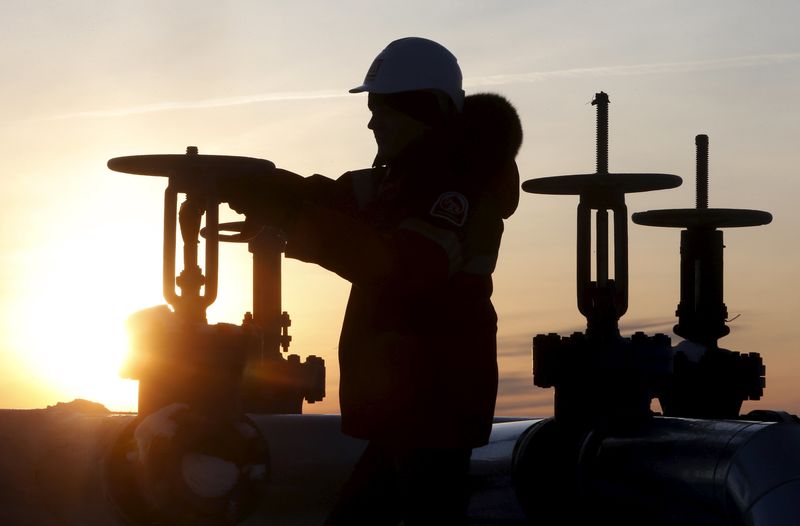This post was originally published on this site

Investing.com — Oil prices fell Thursday, continuing the previous session’s selloff, as the market digests the possibility of a higher-than-expected price cap on Russian crude.
By 04:40 ET (09:40 GMT), U.S. crude futures traded 0.2% lower at $77.81 a barrel, while the Brent contract fell 0.2% to $85.27. Both contracts fell over 3% on Wednesday, and settled at their weakest level since late September.
Weighing heavily on the crude market was the news that the Group of Seven major industrialized nations were looking at a cap on Russian seaborne oil at $65-$70 a barrel, above the level that had been expected when the group first proposed the idea as a way of punishing Moscow for the war in Ukraine.
European Union governments have not yet agreed and are currently discussing the proposal, but a price cap at this level would likely mean that Russia will continue to sell its oil, reducing the risk of a supply shortage in global oil markets.
“At this level, the cap would achieve one of the two objectives – it would likely keep Russian oil flowing,” said analysts at ING, in a note. “As for the other objective of trying to cap Russian oil revenues, some may question how aggressive this level actually is.”
Elsewhere, the Energy Information Administration reported Wednesday that U.S. crude inventories fell by 3.7 million barrels last week, but gasoline and distillate inventories both rose substantially.
“When taking into account SPR releases of around 1.6MMbbls, total US crude oil inventories fell by 5.29MMbbls over the week,” ING said. “This crude draw occurred despite crude oil imports increasing by around 1.5MMbbls/d over the week, hitting their highest levels since the end of July.”
Crude markets have fallen sharply this month, pressured by a rise in daily COVID cases in China to near 30,000, similar to levels seen in April.
Chinese officials have responded by ordering more aggressive efforts to check the spread of the virus, ordering lockdowns and movement curbs which are likely to limit economic activity in the world’s largest crude importer.
Nomura cut its forecasts for China’s economic growth for this year to 2.8% from 2.9%, and next to 4% from 4.3%, citing a “slow, costly and bumpy” reopening of the country as Covid cases surge.
Attention is also turning to the next meeting of the Organization of Petroleum Exporting Countries and allies, to decide production levels moving into the new year.
OPEC+ meets on Dec. 4, a day before a European Union ban on Russian crude imports along with a G-7 price-cap plan are scheduled to start.

